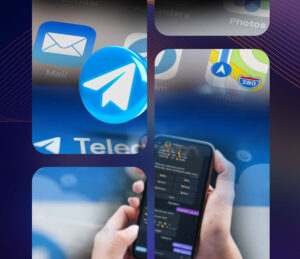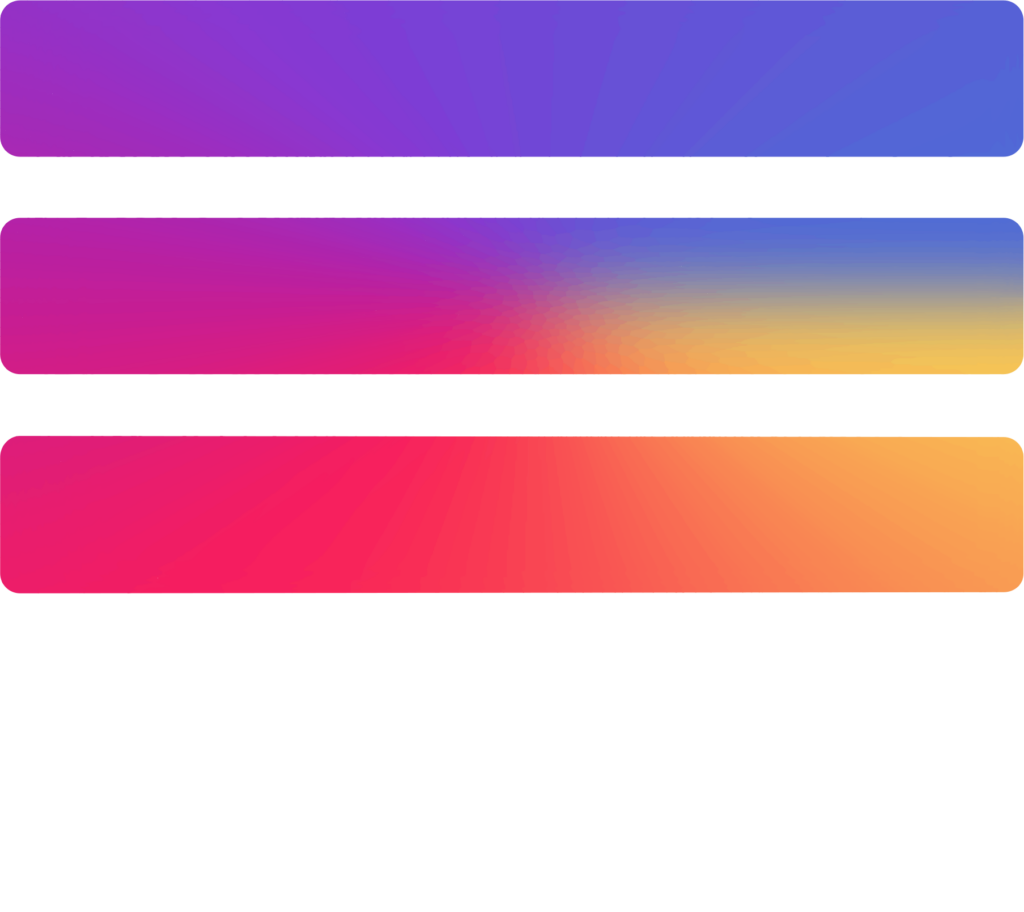Continuing our series leading up to our free webinar talk this coming November 19, on “Finding Focus for Game Developers with Limited Resources“, we’ll be breaking down parts of the discussion and provide insights to help you define your focus and work towards making your great mobile game for the app store!
Now, let’s talk about Retention, and User Acquisition when it comes to focus for your game development.
Two sides of the same coin.
Retention and user acquisition are two sides of the same coin: Game developers and publishers must acquire users to achieve significant growth but it is also important to retain as many of those users as possible. It is essential to identify which channels are delivering the highest value users so that you can invest in strategies to reel them in, and then keep them in-game for longer.
But a quick definition of terms:
User acquisition is a process aimed at gaining new users for your game and can mean either organically or paid.
Retention is when the users continue engaging with your game app over time.
But both User Acquisition and Retention work hand-in-hand and are focused on increasing your game’s discoverability and generating more downloads.
User Acquisition Strategies for Small Game Developers
There are several ways to drive more users to your app. Some of the most common types of user acquisition activities include paid media marketing, owned media marketing, ASO (app store optimization), retargeting, and re-engagement campaigns.
For small game developers, here are some common user acquisition methods to know, and from there, some favored more than others. Let’s break it down:
Paid media marketing is a promotional technique that involves a company paying a third party to advertise its product. One of the most popular types of paid media marketing is mobile app install ads, which help marketers promote and drive downloads for their apps. You can do it even yourself and go to Google Ads, Meta, Ironsource or Apple and book ads there, that’s basically what most publishers will do. But this requires real knowledge, attention to detail and a lot of manual testing, and time can be a limited resource for some game developers.
ASO or App Store Optimization consists of optimizing keywords and screenshots, writing compelling descriptions, and so on, all aimed at boosting discoverability within App Stores. THIS is the most affordable, if not MOST effective and valuable method at the beginning of game development.
Retargeting & re-engagement campaigns are all about getting back users who have installed your app before but haven’t been active recently. The goal is to reconnect with them by sending personalized push notifications or emails that will bring them back into the fold – hopefully as loyal users. Keep them updated with new releases, send them reminders, try out what/when is the best time and day for your game since the impact might vary heavily.
Retention Strategies for Small Game Developers
While having strategies of your user acquisition like new keywords, visual elements, you do not SETTLE for just getting new users. You need to work towards keeping your user base in playing your game.
Here are some common strategies to help game developers increase their retention rates for their games:
Monitoring and tracking data: Tracking and monitoring your game’s performance in the store platform helps you understand your gamer’s journey. You will need to monitor your results, and improve and update as you go catering to where your game is thriving and patronized. You need to be able to adjust together with your market, and work towards content for your game to cater to that and that’s really a daily and continuous task to take care of.
So monitoring should help you mostly to answer questions like:
- What keeps users playing?
- What is causing them to uninstall or not coming back to your game?
- Which locations and countries are your user base from and where do you see the best retention and earn the most?
It is well-known that the most valuable and best players are those coming organically to your app. So game developers should ensure that you get found by the audience fitting best to your game. You need to make sure that the content you developed is tailored specifically for their interest. Feedback and tracking is the best way to ensure that you’ll get the information necessary to make this happen.
Ensure that product and marketing are aligned: When developing your marketing strategy for your mobile app, it is crucial for decisions to be aligned with what the product has to offer. No matter how effective your marketing is, your retention rate will suffer if the user experience doesn’t match what is promised. Misleading ads may work momentarily for user acquisition, but they are detrimental in the long run. It is more effective to align product and marketing so that you are attracting high-value users that won’t uninstall after their first session as a result of misrepresentations in your marketing. For example, showcasing your mobile app’s in-game video in an ad is a better representation than paying for graphics that cannot be enjoyed while playing your game app.
Optimize your user onboarding: Onboarding is a critical step in the user journey, and perhaps the most important for achieving a high retention rate. You have already done the work of acquiring the user and they have opened your app, so it is imperative that you guide the user through your app upon their first session.
First impressions are critical. In-app development, this is known as onboarding. After all, when a user launches a mobile app for the first time, he wants an experience that is seamless and enjoyable. The main thing to remember about user onboarding is that it’s all about psychology. If you manage to give your users that feeling of success and accomplishment with your mobile gaming app, you can be confident they’ll keep coming back.
Beta test your app: Developers are more likely to launch with a higher retention rate if the mobile game has been intensively beta tested with an invite-only audience. This is a smart way to ensure there are no game-changing issues and bugs within your game that will decrease your user retention. When beta testing your app, you should invite users to provide feedback and use this to optimize your user experience. Following this process will ensure your game is in the best shape possible by launch day. An additional benefit to beta testing is that you are giving early access to enthusiastic users and building brand loyalty even before your game is available for everyone in the App store. However, sometimes it’s difficult to get enough users and a broader scale beyond test-flight and the testing approach of the Google Playstore to understand target audience and their behavior good enough and what a lot of others out there are doing is to launch an early stage version under a different name and even developer account, apply some ASO to drive organic traffic and fix everything in that version. You can actually be honest with your users from the beginning and tell them, once joined the game, that this is an early version and they’ll get something for free in the final product if they keep playing and giving feedback.
Soft launch your app: If you haven’t already launched your app, you can use soft launches to A/B test and optimize your games performance. A soft launch is a release within a smaller region that will give you opportunities to identify ways to optimize your mobile app before launching in a similar, larger region. Releasing and pushing early versions globally early on is certainly a valid option and you don’t have anything to lose, right?
Hope you enjoyed part two of this #EdublogSERIES, focusing on Retention and User Acquisition! SEE you on the next one, and see you on the FREE webinar happening this November 19!







